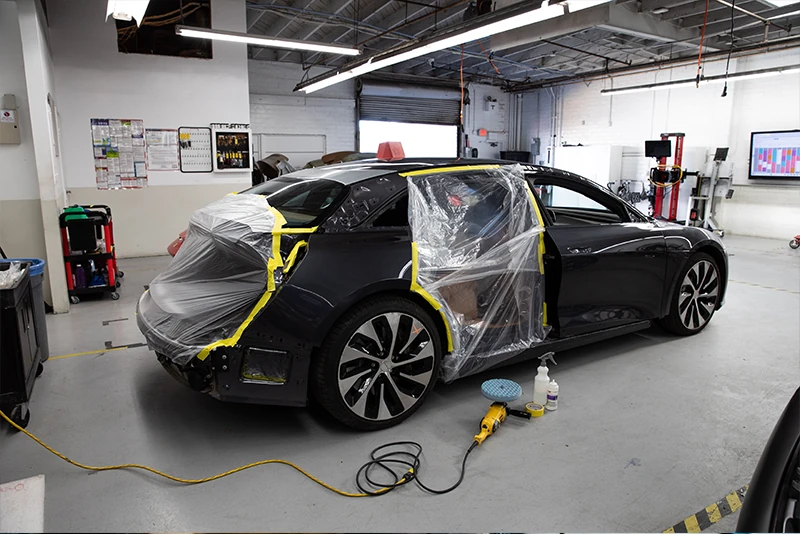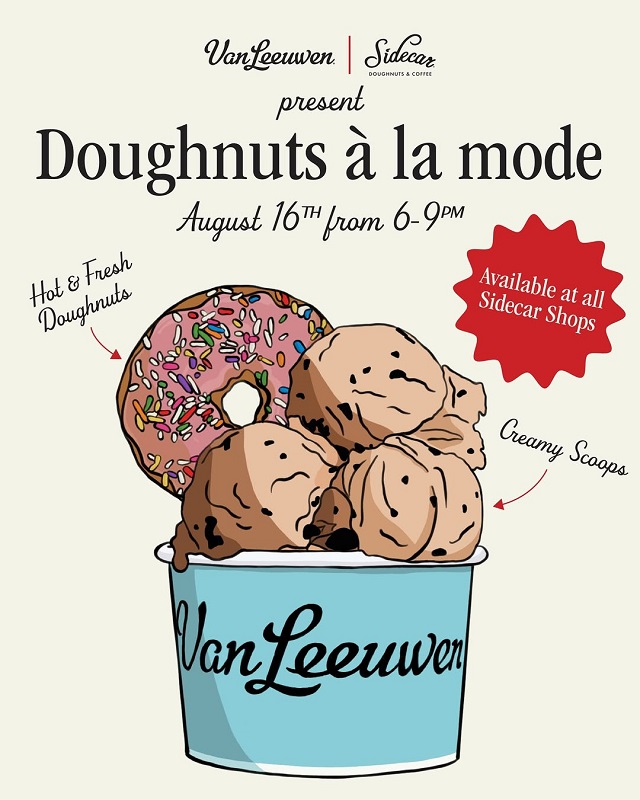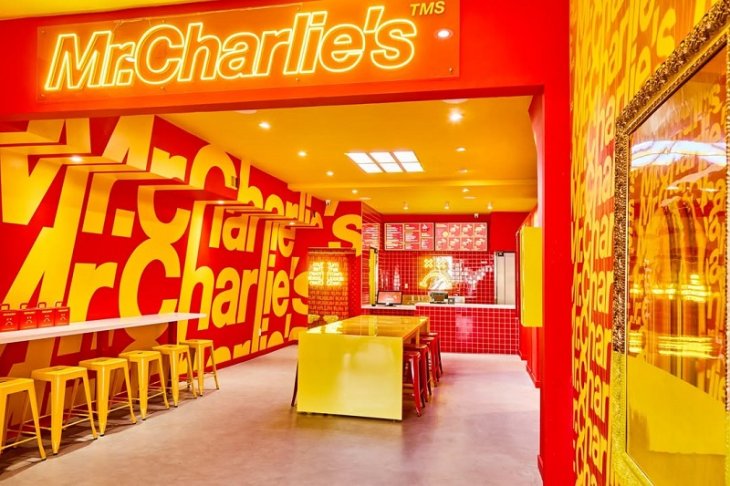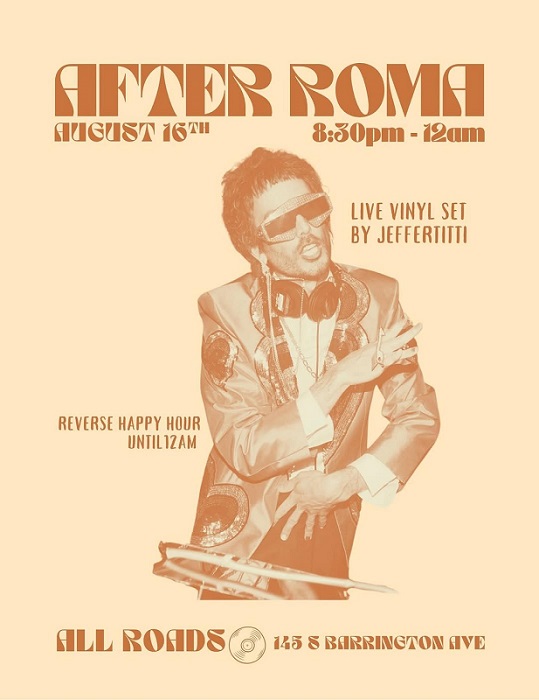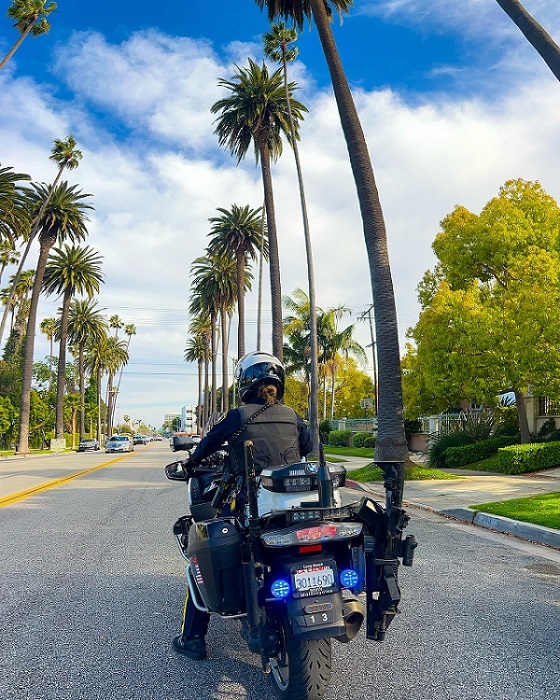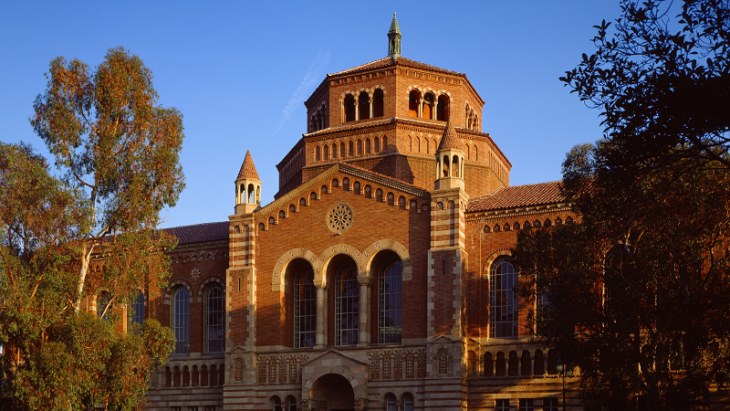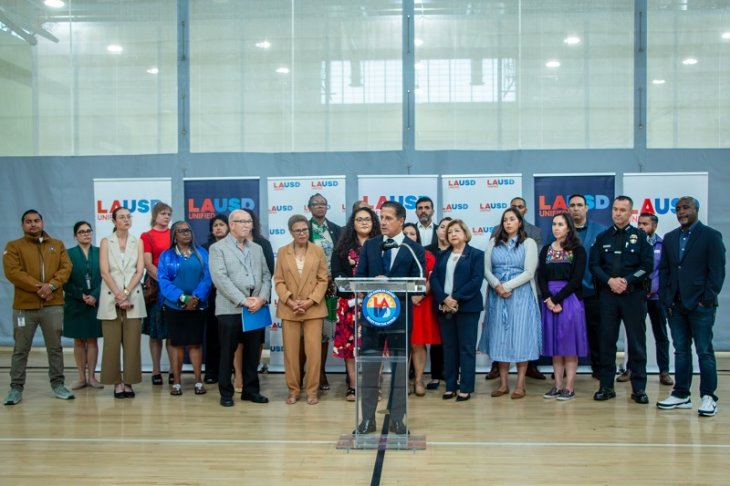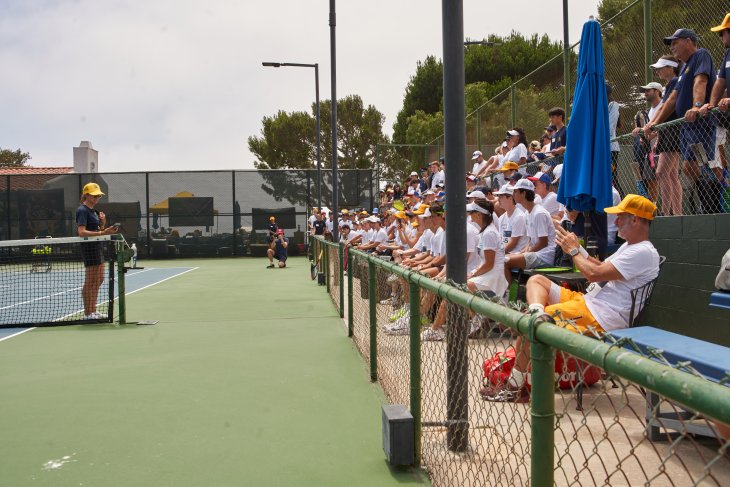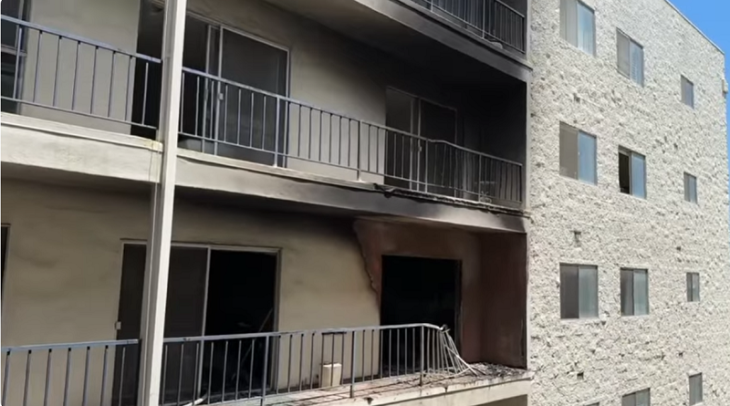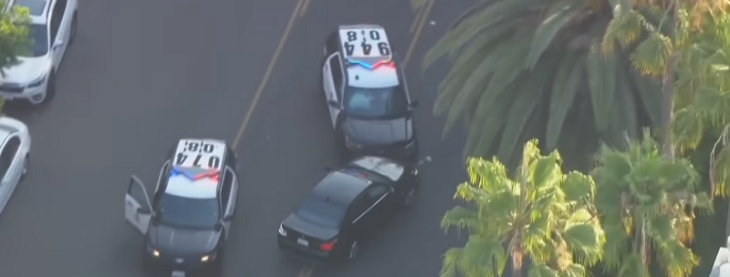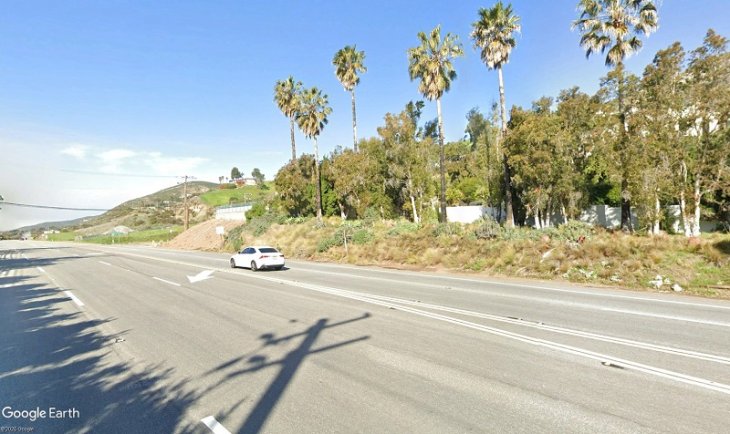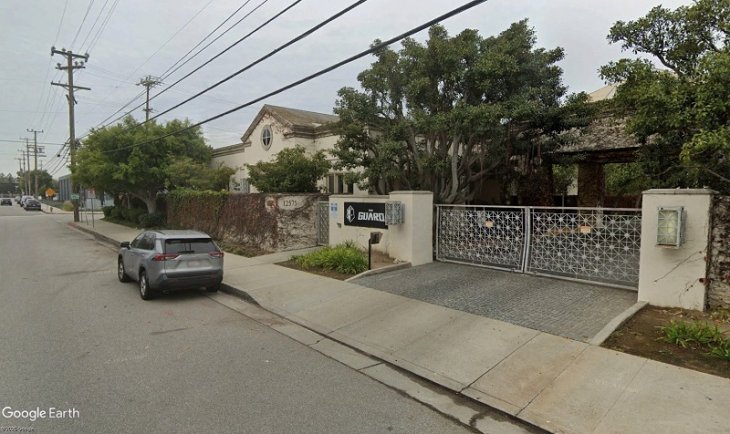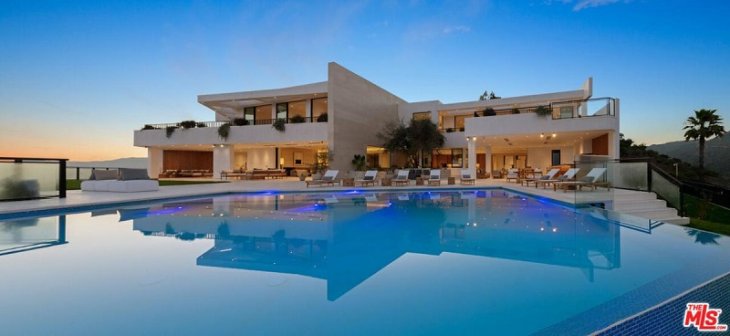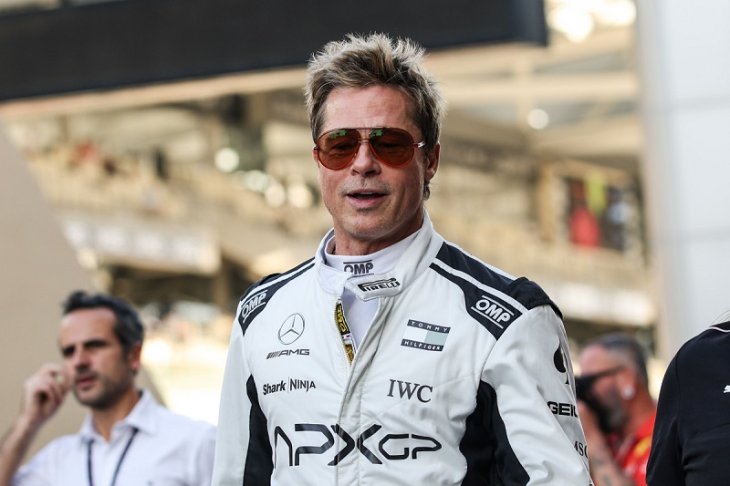Los Angeles is a city where exotic and luxury vehicles are part of the everyday scenery. A Ferrari on Sunset Boulevard or a Porsche gliding down the Pacific Coast Highway is hardly unusual. These cars are often more than just transportation; they’re high-value assets. According to luxury auto body specialists like Avio Coach Craft, owners can protect thousands of dollars in long-term value through consistent preventive maintenance—from safeguarding paint against LA’s relentless sunlight to repairing even the smallest imperfections before they compromise the vehicle’s pristine condition.
Environmental Threats in Southern California
Owning a high-end vehicle in Los Angeles means navigating an environment that’s both stunning and challenging. Continuous sun exposure can fade and weaken paint finishes. Coastal breezes often carry fine salt particles that, over time, can lead to corrosion. Dense urban traffic increases the odds of minor collisions or parking lot dings, while tight valet parking situations can leave behind scratches that grow more noticeable with time.
Though these issues might seem minor at first glance, they can influence a buyer’s decision years later. In the collector and exotic car market, condition is a major driver of value, and visible wear can be a deciding factor.
Proactive Maintenance for Value Retention
A consistent, well-documented maintenance plan is one of the strongest tools owners have to protect their vehicle’s worth. High-quality detailing, ceramic coatings, and paint protection film can help preserve factory finishes against environmental wear. Even small dents, chips, or scratches should be addressed promptly to avoid further damage and preserve both aesthetics and structure.
Wheel care is another crucial but often overlooked factor. Luxury wheels, especially custom or limited-edition designs, can lose significant value when scratched, bent, or otherwise damaged. Professional wheel restoration can return them to original specifications while maintaining authenticity.
As AutomotiveQuest notes, “The condition and maintenance of a vehicle play a pivotal role in determining its value.” Buyers are often just as interested in how a vehicle has been cared for as they are in its mileage or rarity.
Certified Collision Repair After an Accident
Even the most skilled drivers cannot avoid every mishap. When accidents occur, selecting a manufacturer-certified collision repair facility can be the difference between preserving value and compromising it.
Certification means the facility has passed manufacturer audits, invested in brand-specific tools, and trained its technicians to follow exact repair standards; from weld patterns to paint chemistry.
- Tesla Approved: Includes aluminum welding, high-voltage battery protection, and structural restoration. Owners can confirm approval via Tesla’s official Collision Center locator.
- Lucid Certified: Maintains the precise aerodynamic design, lightweight structure, and premium finish of one of the most advanced EVs on the road.
Certification also ensures direct access to OEM (Original Equipment Manufacturer) parts. These components are engineered to exact factory specifications, helping maintain performance, safety, and originality while avoiding the risks associated with aftermarket substitutes.
How to Verify Certification:
- Review the automaker’s official list of approved repair centers.
- Look for visible certification plaques or documentation in the facility.
- Ask for details on the models and systems technicians are qualified to repair.
For future buyers or appraisers, repair records showing certified work offer clear proof of quality and authenticity — factors that directly influence resale value.
ADAS Calibration: Invisible but Essential Technology
Many of today’s luxury and exotic vehicles — including Tesla, Lucid, Porsche, and Ferrari — are equipped with Advanced Driver Assistance Systems (ADAS). These systems, which can include adaptive cruise control, lane departure warnings, blind-spot monitoring, collision avoidance, and automated parking, rely on a network of precisely calibrated sensors, cameras, and radar units.
Any structural change, whether from a collision repair or something as routine as replacing a windshield, can misalign these systems. Proper recalibration is essential for ensuring they operate correctly.
Why it matters:
- Misaligned sensors can render safety features ineffective.
- Many ADAS functions directly affect steering, braking, and acceleration.
- Calibration requires manufacturer-specific tools, software, and targets found only in specialized facilities.
In a city like Los Angeles, with its unpredictable traffic and dense driving conditions, properly functioning ADAS systems are not just a convenience, they are a critical part of vehicle safety and performance.
Location and Expertise
Proximity to luxury neighborhoods such as Beverly Hills, Santa Monica, and Malibu often means repair shops in those areas are more familiar with servicing exotic and high-performance models. However, capability should always take priority over convenience.
Facilities that consistently work on rare and high-value vehicles develop the expertise, processes, and reputation needed to meet exacting standards. In high-end markets, word of mouth travels fast, and a trusted facility can maintain that reputation only through consistent, top-tier results.
Final Thoughts
Protecting the value of a luxury or exotic vehicle in Los Angeles requires more than occasional attention. Preventive care, consistent maintenance, certified repairs, and advanced system calibration all contribute to long-term value retention. In a market where condition is often the deciding factor, taking these steps ensures a vehicle remains both a pleasure to own and a strong investment for years to come.

